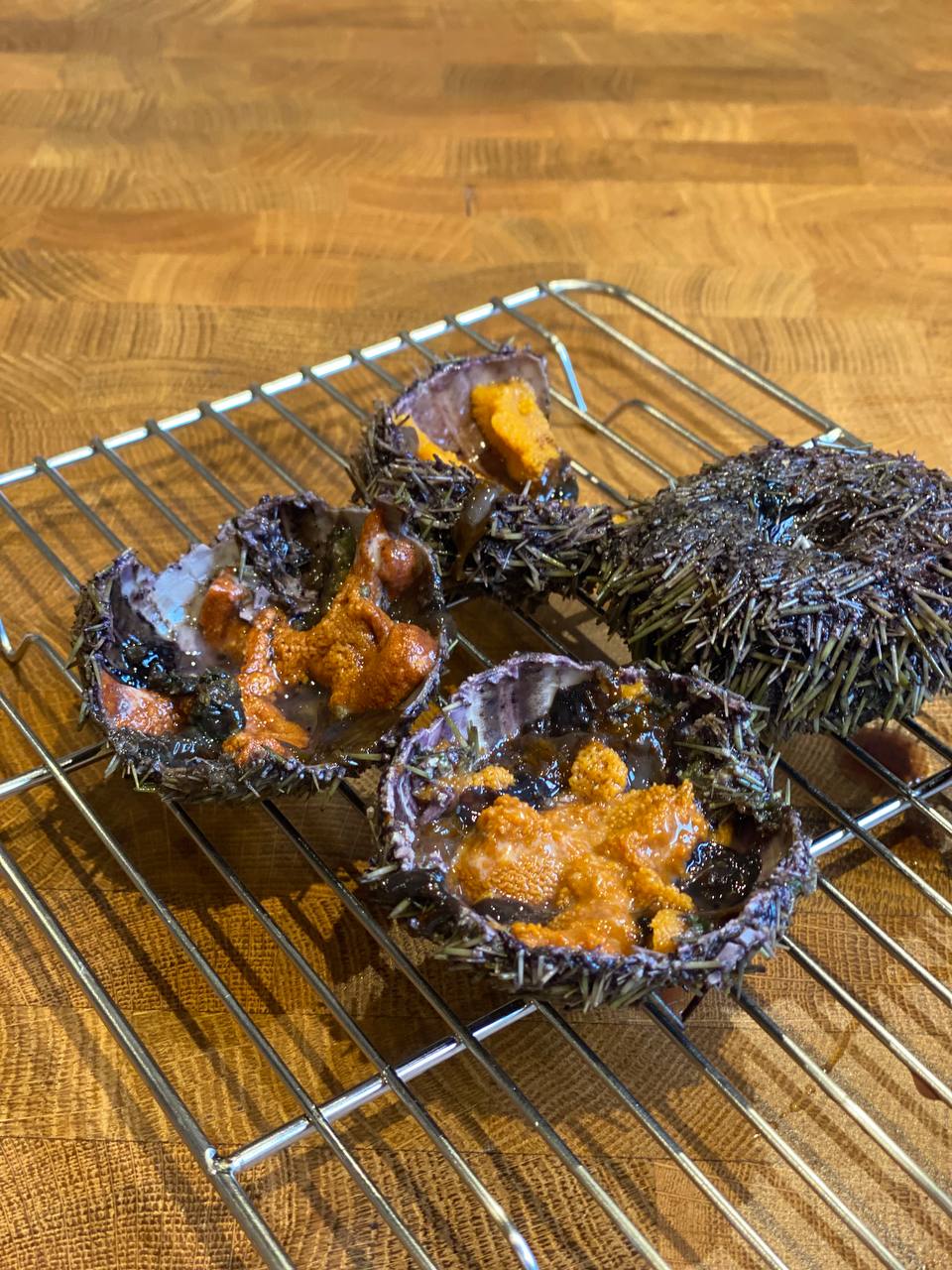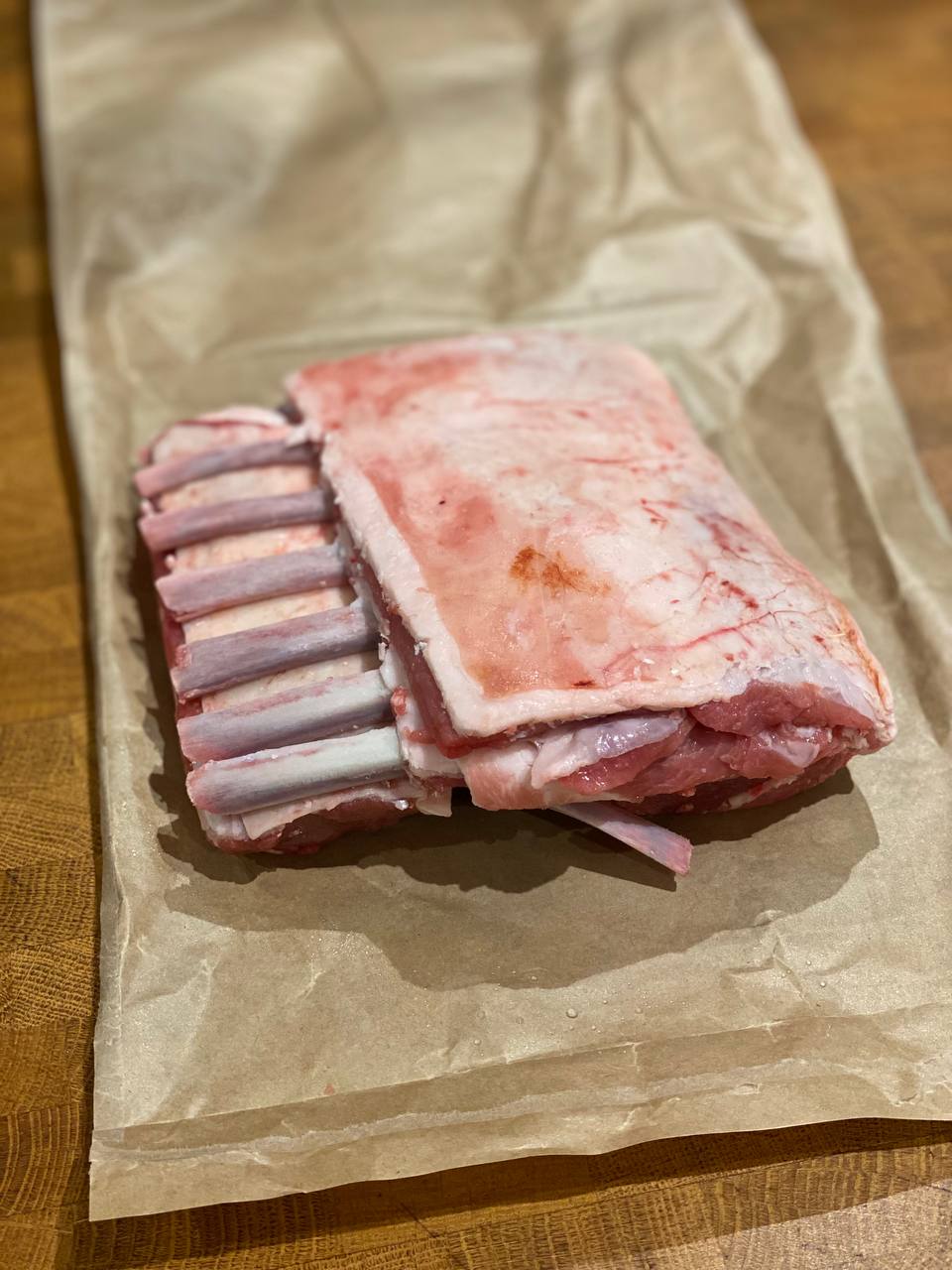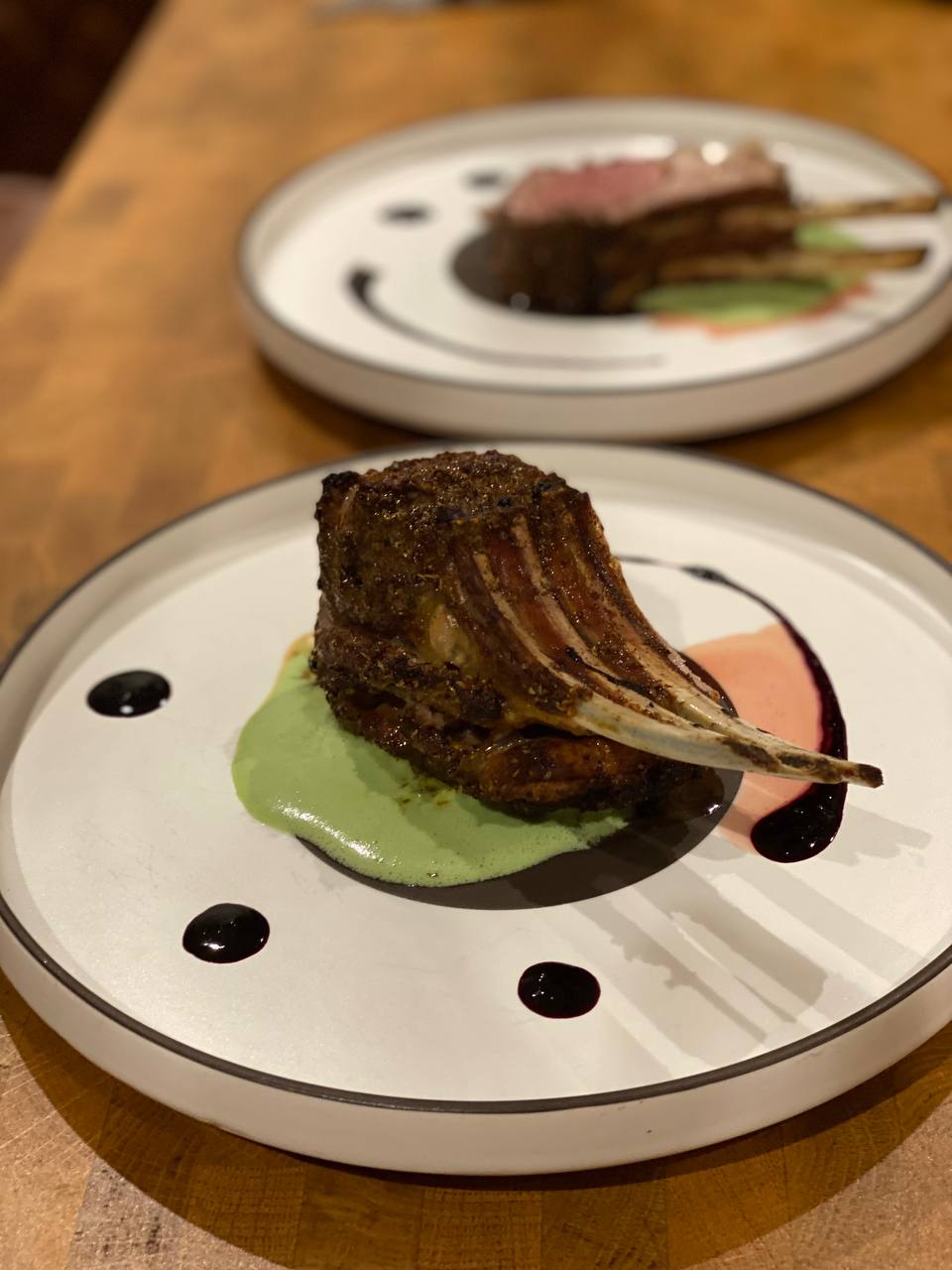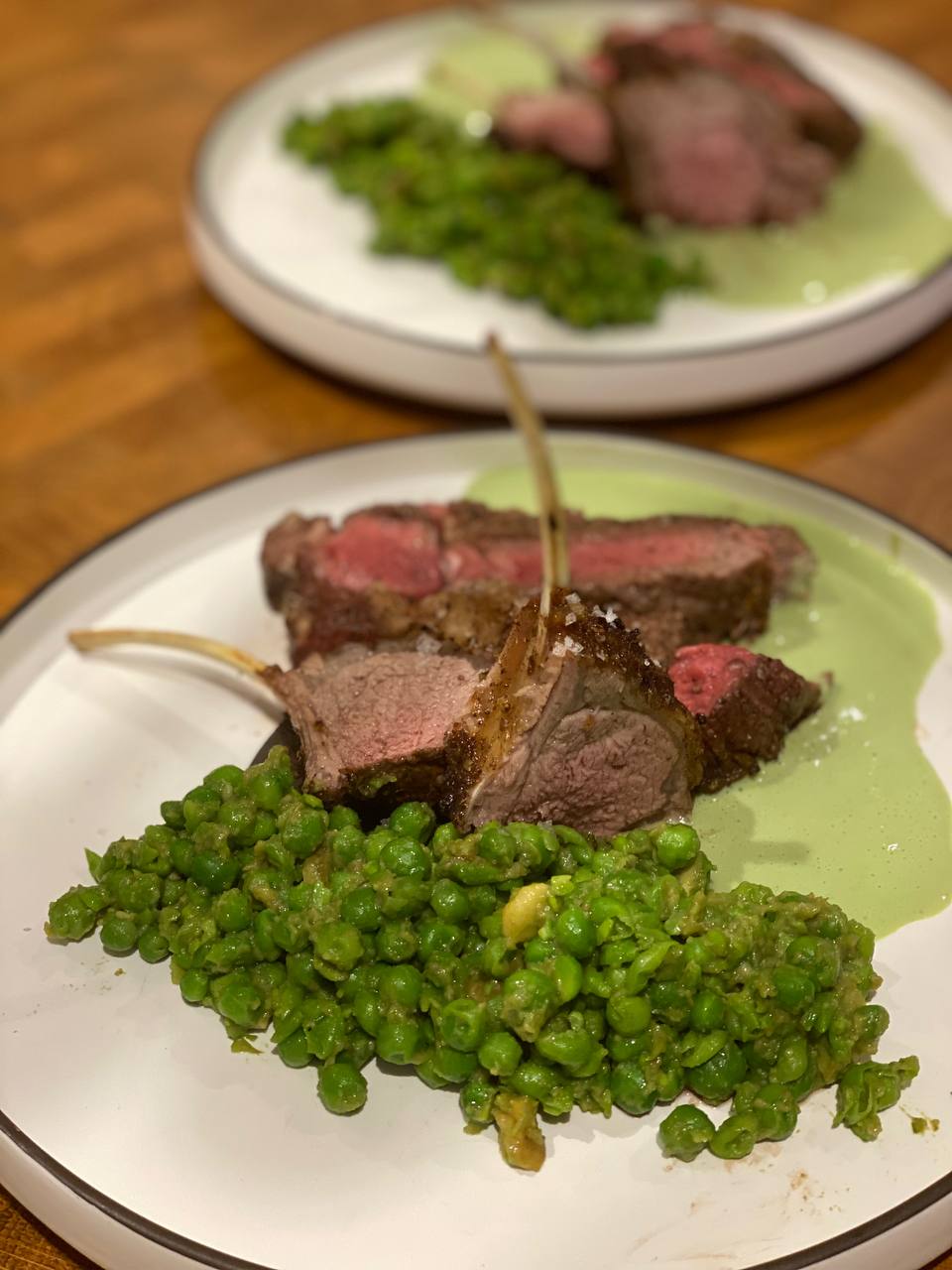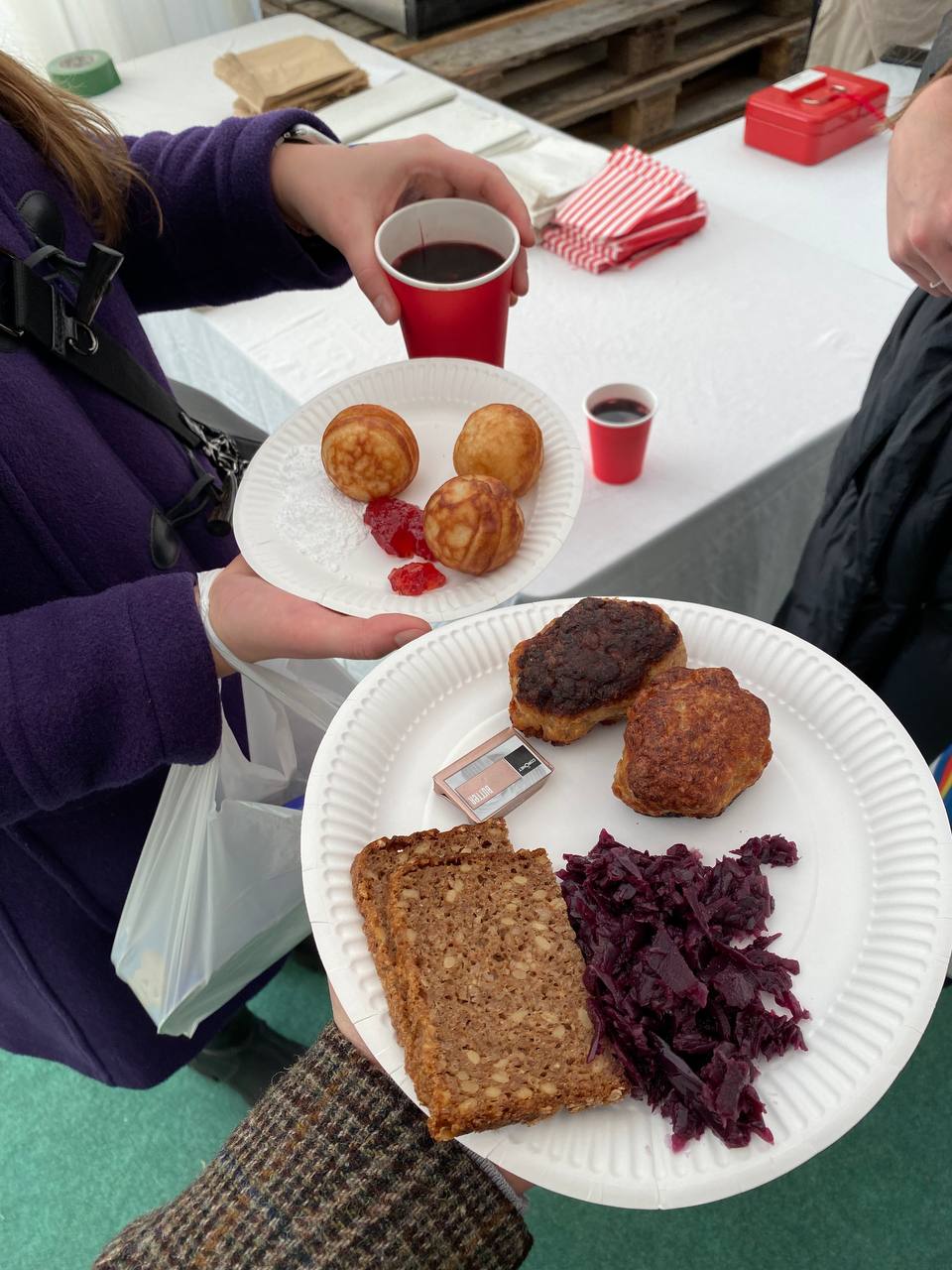|
Holidays are coming?
Things I enjoyed reading
The best mathematical concepts are the ones you could explain through a real world example, or the ones involving card tricks. This one is the best of both worlds (as an extra bonus it involves wine to make the concept sink through).
Gardner explained the trick in terms of a conservation of mass property, borrowing from the classic riddle of equal containers of water and wine. Namely, if a litre of wine is transferred to the water container, which is then stirred, and a litre of the mixture is subsequently transferred back to the wine container, is there more wine in the water than water in the wine?
To be fair, I thought I know the answer to the question in the quote, and even though in fact I didn't, I still had to re-read a few times to get used to the idea behind it.
So I easily see how it makes a great party trick too.
As you can tell from the title, this is satire, but quite on point. These days we are getting too obsessed with multiple-factored security, and sometimes for a good reason: there are a few services I use, where I wouldn't mind more than one step to authenticate, as scenarios where such services are used shouldn't be as common.
However, most of the time a user of a decent password manager won't need 2FA at all (and if they do, the problem is somewhere else).
Go out to your car and add the digits of your vehicle identification number to the digits of the passcode that your phone generates when you arrive at your car (we use GPS tracking between your phone and the University’s virtual parking pass technology to determine when you’ve arrived at your car).
Sadly the chances are, in the years to come we are more likely to get a 3FA than a single authentication system involving biometrics or something else, mostly because the latter is not reliable enough.
An interesting read about economics and mechanics of ski towns, mostly in the States but I reckon the same would apply to Europe.
Reality check: unless you’re one of the über-wealthy, living in a mountain town has never been the stuff of fairy tales. The limited supply of affordable housing for workers has been a challenge for decades. Ritzy-glitzy Aspen claims the oldest workforce-housing program among North American ski towns. As early as the 1970s, it began slapping deed restrictions—requirements like maximum income levels for buyers or maximum resale values written into the title of a property—onto homes in order to preserve their affordability.
A relatively similar problem applies to other cities revolving around a specific industry, e.g in San Francisco, where FAANG employees drive housing prices to the Moon, shops are closing too as those working there can't afford to live anywhere close.
I always thought that decrypting the Rosetta Stone was a relatively trivial task, and once scholars got access to the copies of the writings it was just a matter of weeks until they got proper translations.
Apparently that's not the case at all, and decades passed until someone managed to understand how the language is constructed.
As Champollion wrote, a passage in hieroglyphs was a script “at the same time figurative, symbolic and phonetic, in one and the same text, in one and the same sentence, and, if I may put it, in one and the same word.” Going further, Champollion showed that the system also used rebuses, a kind of linguistic pun simultaneously pictorial and phonetic. An example in English is “👁CU” for “I see you.” Dolnick asks us to imagine writing “Winston Churchill” by drawing a pack of cigarettes followed by a picture of a church, then a picture of a hill.
It's also quite funny how they were afraid to attempt to translate the stone as it was somewhat similar to disturbing a Pyramid.
I do relate a lot to this post, as recently I've upgraded our heating system to a new generation of valves, meant to work remotely, and all I do now is to constantly reset and reconnect them to a HomeKit bridge and occasionally manually set up the temperature.
It's getting out of hand so much I am thinking of just returning them back.
My final example of fussy devices addresses the challenges of making a device work within an ecosystem. I have two WeMo outlets powering lights over my plants that are tied into my Google Home ecosystem. They’re scheduled to turn on at 8 a.m. and off at 8 p.m. in the Google Home routines setting as well as grouped to turn on or off when I tell Google to “Turn the plants on” or “Turn the plants off.” Sometimes this works. Sometimes it doesn’t. And sometimes it will tell me it doesn’t work, via notification or voice, when in fact it’s working just fine.
Smart homes are beautiful when they work, but it's also a disaster when they don't.
(PSA: don't rely on HomeKit to turn off your daily alarm when you are away; chances to come home to the music that's been playing for seven days in a row are high indeed)
For those curious how pigeons find their way home, speculate no more and check out the article.
Even the way it's tested sounds like fun:
Pigeon racing can be a brutal sport. Beyond the sheer length of the races, incidents of doping, mass deaths, and illegal gambling have detracted from what should be an exhibition of an animal’s incredible skill. While the Canadian racing scene is lower profile than its cutthroat counterparts in the UK, South Africa, and the United States, the challenge for the birds remains the same.
Now I wonder how it works in the UK, where hunting for pigeons is quite common (albeit not in cities).
Not the first time I read about ghost kitchens, and pretty sure it won't be the last one. What caught my attention here is the cost of maintaining one:
Real estate has been another problem: Despite Reef’s parking roots, Reef found it wasn’t able to put trailers on many of its lots, as some had enclosed garages, where propane tanks and utility hookups aren’t allowed. Others were owned by landlords who didn’t want food trucks, former employees said. As a result, Reef rents lots from other parking owners for more than 70% of its kitchens, current and former executives said.
One would think that renting out a proper kitchen is way more expensive pretty much anywhere, and it sure is, but with the price come benefits of proper cooking setups and safity mechanics. It's less of a problem for most fast food, where you just heating up ingredients and then mix them together, but there is probably no way to evolve in the current setup.
I've learnt about kintsugi only recently and it is a beautiful concept. Even more beautiful is its application to software engineering.
It’s recognizing and acknowledging this fragility (either by studying the system or by watching it fail) and mitigating these behaviors what I’d call performing software kintsugi. The ability to identify and learn to love these mitigations in the architecture of the system is appreciating software kintsugi. Oftentimes these mitigations might look like strange architectural decisions, or high level code that isn’t all that obvious when you first look at it, and its meaning only becomes clear when you try to clean it and make it proper.
An important note is that kintsugi is not about bugs, as the latter means something was broken from the very beginning. Let it sink.
If you fancy a proper DIY project for the weekend, I got you covered, but it involves sourcing an alive jellyfish and reading through a few research papers.
By examining the glowing chain reactions occurring in the animals' neurons as they ate, the team determined that a subnetwork of neurons that produces a particular neuropeptide (a molecule produced by neurons) is responsible for the spatially localized inward folding of the body. Additionally, though the network of jellyfish neurons originally seemed diffuse and unstructured, the researchers found a surprising degree of organization that only became visible with their fluorescent system.
The rest of the process is quite complex too, but getting an alive jellyfish still might be the most complex step.
A cool timeline of the WD-40's history, from its invention to conquering the market.
WD-40 also tickles the olfactory senses a bit. A cursory internet search inquiring why it smells weird reveals it may be scented with Vanillin, accounting for the slightly sweet odor. Perhaps the strangest thing about it, however, is that while it was invented in California, it is actually prohibited from being sold there in its original formulation due to a California Air Resources Board ruling from 2013 requiring all aerosols to contain 25 percent or less of volatile organic compounds (VOCs). That’s why some cans of WD-40 in the other 49 states are labeled with a “not for sale in California” warning.
Also includes lots of wacky facts and trivia as you could notice.
Things I didn't know last Tuesday
I learnt about this drink while talking about Russian (Soviet?) kvass – a bread-based drink that gets naturally carbonated and years back was sold out of large yellow tanks on wheels all over the city.
Podpiwek is a Polish and Lithuanian non-alcoholic beverage (even though it contains a small amount of alcohol, about 0.5%). It is usually made from grain coffee, hops, yeast, water and sugar, which undergo fermentation. Often created as a byproduct during beer production, it was a common drink of women and children.
| 